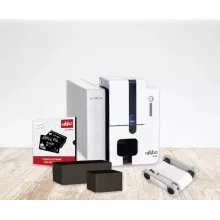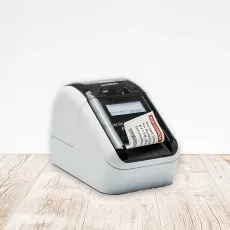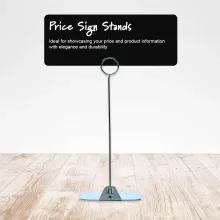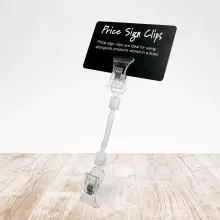
Ever since the tragic passing of Natasha Edna-Laperouse, who died in 2016 after suffering an allergic reaction to a pre-packaged baguette, it has become more critical than ever for businesses to ensure their products feature clear labelling of ingredients. 1 in 4 people in the UK are living with allergies – that’s an estimated 2 million who need to be cautious when eating pre-packaged food items.
Natasha’s parents have since set up a foundation that provides funding to studies looking to reduce the risks around allergies. This includes a trial that aims to reduce severe reactions to food allergens and create a world where those with allergies no longer need to avoid popular foods.
After it was introduced in October 2021, businesses must correctly label their products, including all allergens. Failing to comply could result in legal action such as a monetary fine and may lead to reputational damage. Rather than being a daunting task, we’ve created a helpful list of dos and don’ts to help you ensure your business is following the rules correctly.
DO: Invest in a labelling printer
Due to the legal requirements of Natasha’s Law, it is vital that you can sufficiently provide all the correct information on the food labels for your PPDS products, including clear allergen labelling, throughout the entire supply chain process. Investing in the proper hardware and software will ensure that’s possible.
With our food labelling bundle, you can allow for simple organisation and storage of your products’ ingredients lists with just a click. Our specially designed bundle also includes 1,000 12x6cm labels with your logo already pre-printed to save you time, increase your branding, and prevent any worries about not being compliant.
DON’T: Forget to prepare your ingredients
One simple mistake could be extremely costly to your business and, more importantly, your customers’ well-being. You’re likely to sell different products throughout the year, with some only being available through seasonal periods such as Christmas or Halloween, so it’s essential to ensure you know exactly what is in those products ahead of time.
You should contact your suppliers for more detailed ingredient breakdowns of your food products, such as bread or condiments. Once you’ve compiled those lists, you can use labelling software to efficiently store and print them when you needed – saving you any trouble in the long run. However, it is still essential to ensure that your lists are regularly updated. We also offer a subscription service to cloud-based software that offers ingredients for products from brands such as Heinz, Hellmann’s and more.
DO: Train your staff
Having the correct equipment in place is extremely important, but so is ensuring your team members are using it correctly. Even if your staff aren’t handling the packaging of products, it’s a good idea to train them about Natasha’s Law, so they understand the importance of allergen labelling and provide a better experience to customers who suffer with allergies.
In the event that a new staff member is unaware of the importance of the allergen labelling and sells a product without it to a customer who suffers from one of the 14 major food allergies, your business will face legal repercussions such as fines as well as reputational damage. It’s better to be safe than sorry.
DON’T: Forget why this is important
Ultimately, it’s important to remember that Natasha’s Law was passed in the first place to prevent other allergy sufferers from facing any incidents such as the one Natasha faced. It’s estimated that more than 2 million people in the UK have food allergies, and any of them could be a customer in your store.
By ensuring that you have a well-trained team and a compliant printing solution, you can help protect your customers and show them how important their well-being is to your business and ensure that you’re also following the law correctly.






